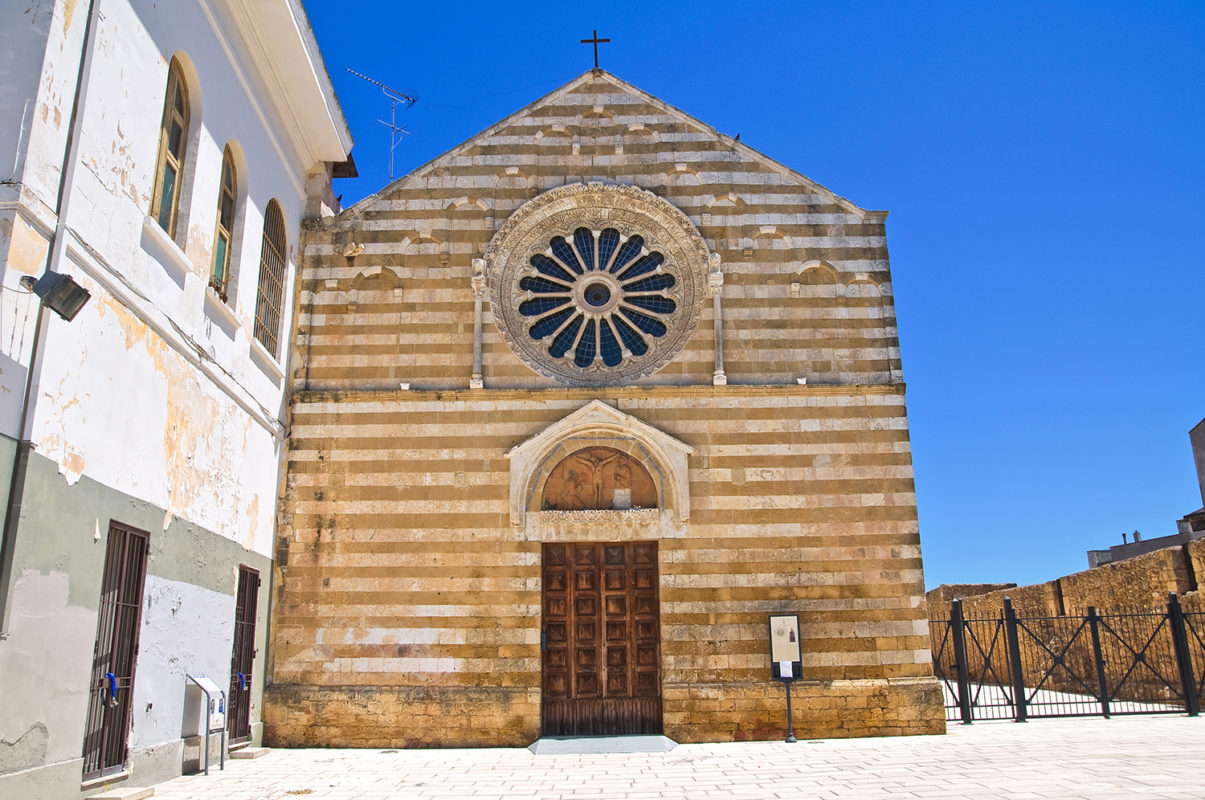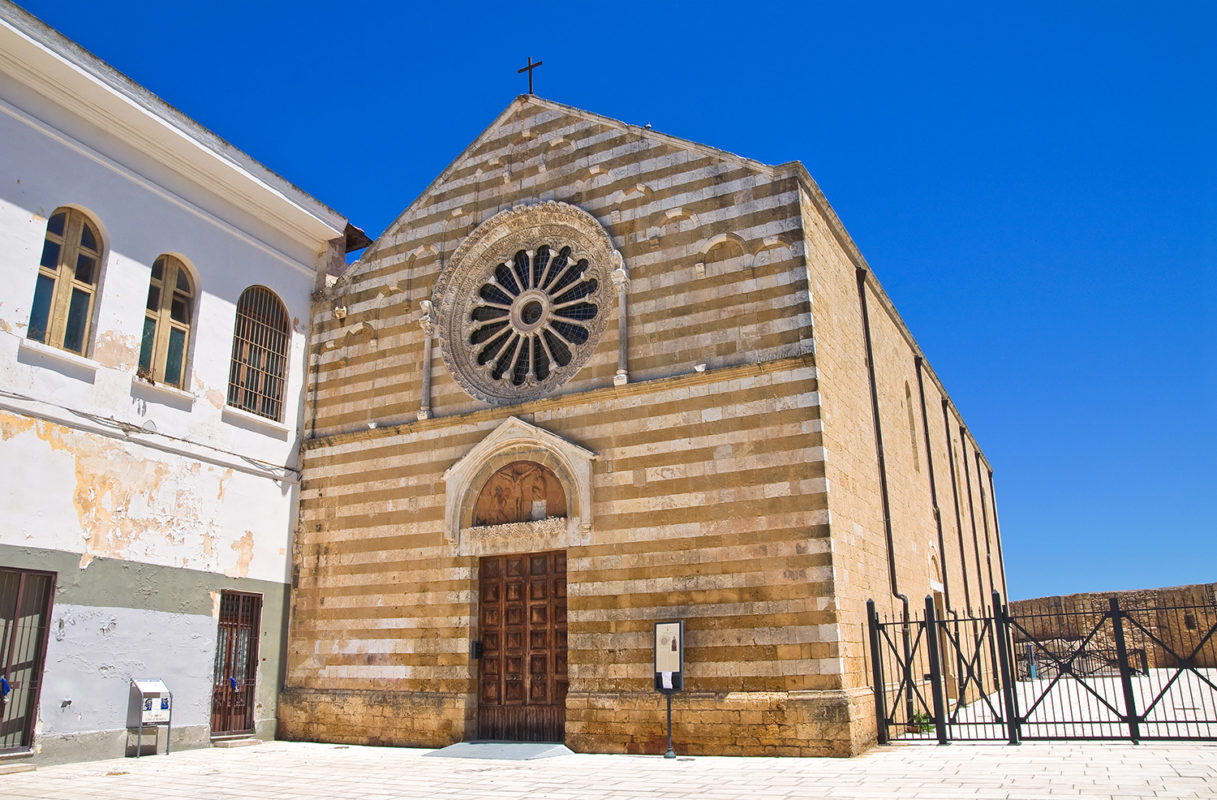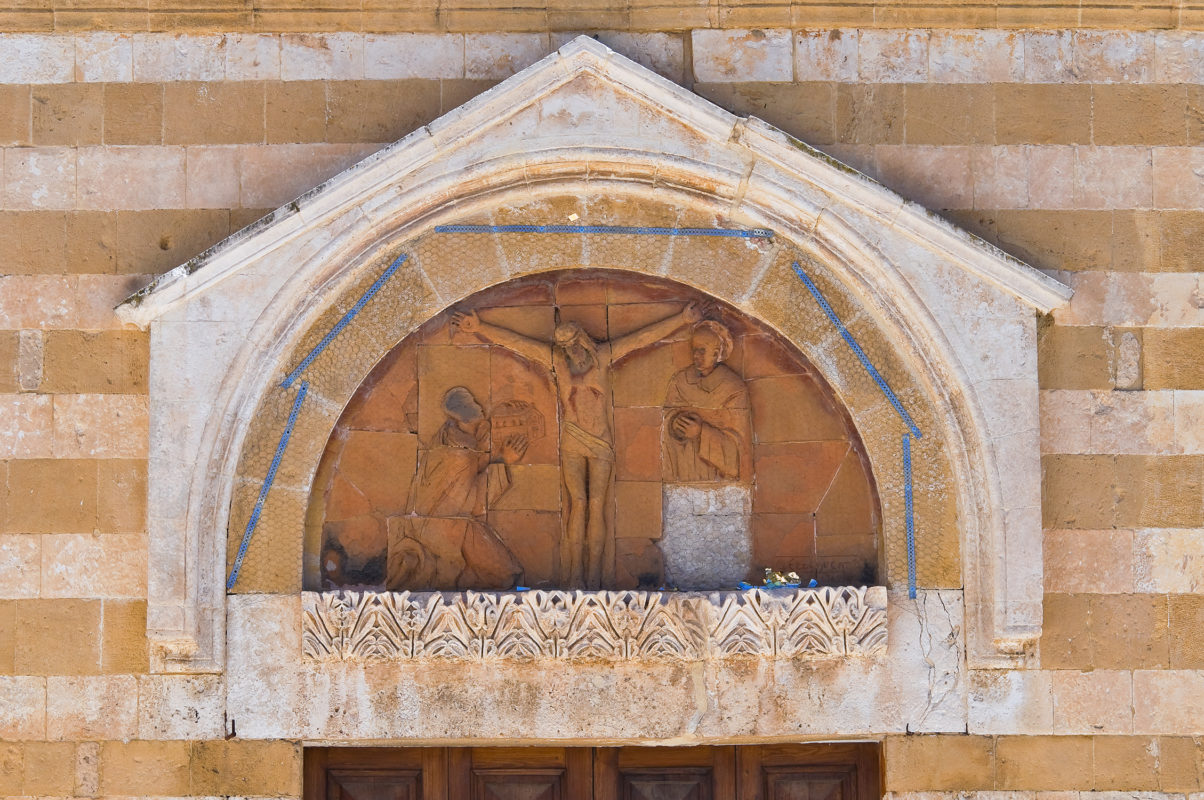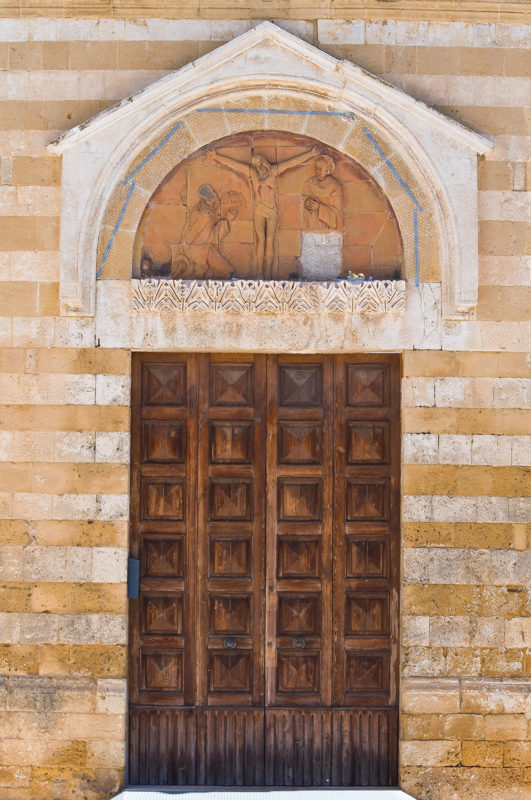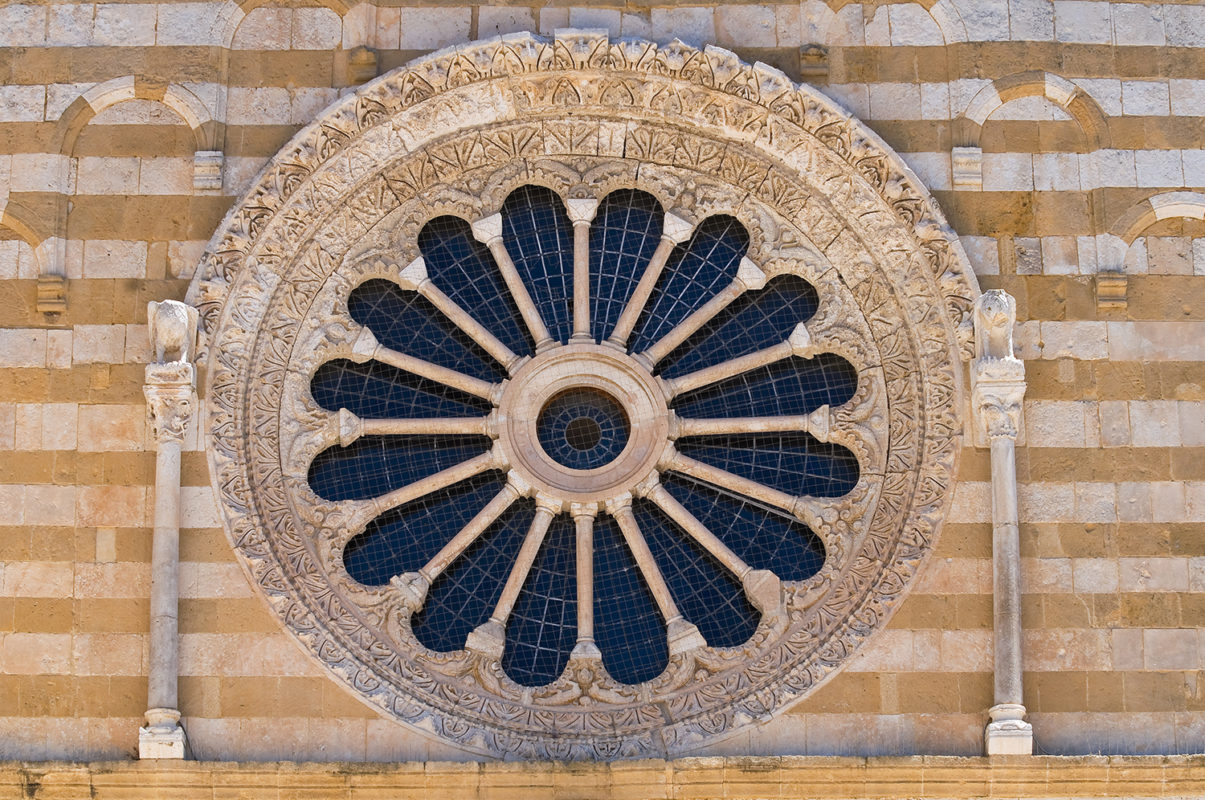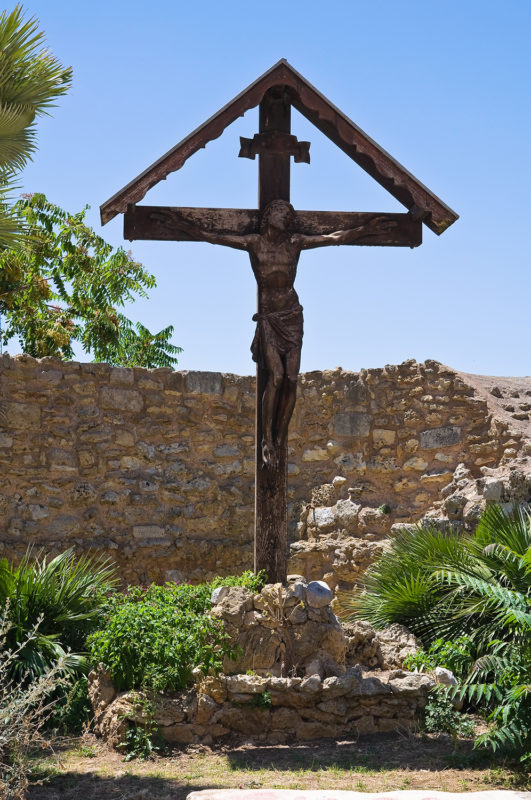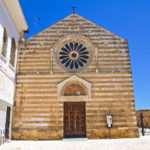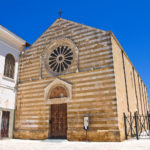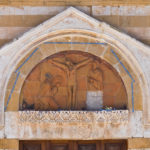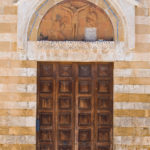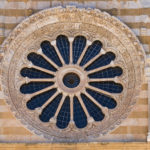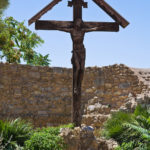The Church of Christ of the Dominicans
The Church of Christ of the Dominicans, with an adjoining convent (suppressed in 1813), is known to have been completed in 1232 and commissioned by Blessed Nicola Paglia di Giovinazzo, a Dominican father.The Church of Christ of the Dominicans, with an adjoining convent (suppressed in 1813), is known to have been completed in 1232 and commissioned by Blessed Nicola Paglia di Giovinazzo, a Dominican father. The culture of patrons and craftsmen still appears rich in Romanesque references, explicit in the monocuspidal façade, alternating segments of white stone and golden carparo, on which the large and splendid rose window opens. On the lunette above the portal in 1966 was placed a relief depicting the Crucifix with on either side the blessed Nicola Paglia and S. Domenico di Guzman.
Inside, with a single nave, there are two Baroque altars, spared from the restoration of the second half of the twentieth century. The current apse is reduced compared to the original having been demolished the presbytery, between the fifteenth and sixteenth centuries, for the redefinition of the defensive structures of Porta Lecce.
On the main altar we can admire the thirteenth-century wooden crucifix which had a great veneration throughout the Terra d’Otranto, being considered a miraculous artifact. According to a legend, in fact, it was transported to Brindisi from Alexandria of Egypt on a Venetian ship and temporarily exhibited in the church of Christ in the days before the departure for Venice. But when he tried to bring it back to the ship, despite every effort, it was impossible to remove it as it had become heavy. The Venetian sailors were forced to leave the crucifix in the church, being content to take away only the index of the right hand.
Another valuable work is the polychrome wooden statue of the Madonna of the Light dated XIII century. also called Madonna della Pisara for the legend according to which the Virgin wanted to punish with a pisara (heavy agricultural tool in stone) an outrage suffered by a French soldier.
The Church of Christ of the Dominicans, with an adjoining convent (suppressed in 1813), is known to have been completed in 1232 and commissioned by Blessed Nicola Paglia di Giovinazzo, a Dominican father. The culture of patrons and craftsmen still appears rich in Romanesque references, explicit in the monocuspidal façade, alternating segments of white stone and golden carparo, on which the large and splendid rose window opens. On the lunette above the portal in 1966 was placed a relief depicting the Crucifix with on either side the blessed Nicola Paglia and S. Domenico di Guzman.
Inside, with a single nave, there are two Baroque altars, spared from the restoration of the second half of the twentieth century. The current apse is reduced compared to the original having been demolished the presbytery, between the fifteenth and sixteenth centuries, for the redefinition of the defensive structures of Porta Lecce.
On the main altar we can admire the thirteenth-century wooden crucifix which had a great veneration throughout the Terra d’Otranto, being considered a miraculous artifact. According to a legend, in fact, it was transported to Brindisi from Alexandria of Egypt on a Venetian ship and temporarily exhibited in the church of Christ in the days before the departure for Venice. But when he tried to bring it back to the ship, despite every effort, it was impossible to remove it as it had become heavy. The Venetian sailors were forced to leave the crucifix in the church, being content to take away only the index of the right hand.
Another valuable work is the polychrome wooden statue of the Madonna of the Light dated XIII century. also called Madonna della Pisara for the legend according to which the Virgin wanted to punish with a pisara (heavy agricultural tool in stone) an outrage suffered by a French soldier.

